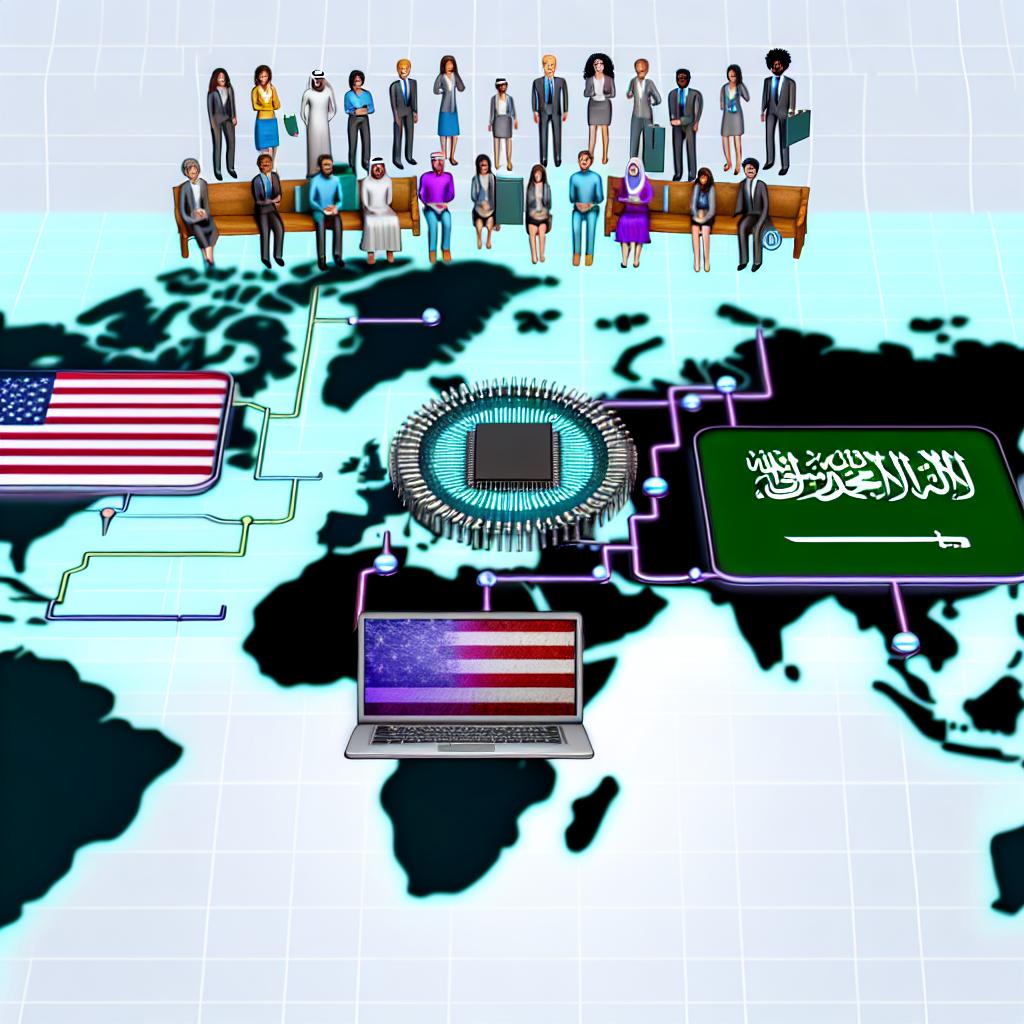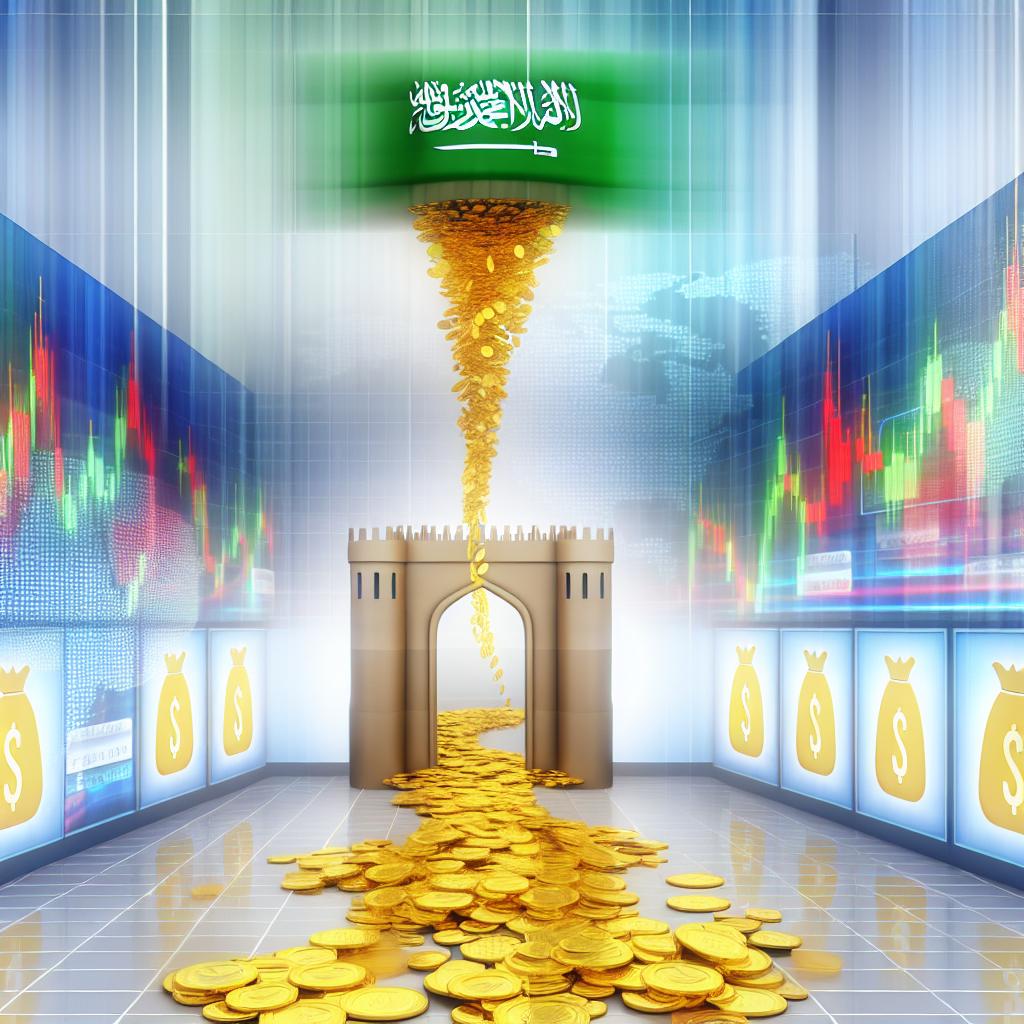Saudi – USA relations
The kingdom of Saudi Arabia was established in 1932, and full bilateral diplomatic relations with the United States commenced in 1933.

Over the years, the relationship has gone through several periods of notable tension, but the two countries have never fully eliminated their trading agreements, not even in 2001 when Saudi Arabia was accused of being involved in the September 11 attacks on U.S. soil, or in 2016 when the U.S. legislation passed a bill that permitted September 11 attack victims to sue the Saudi Arabian government for their losses.
Two other notable incidents in the 21st century occurred in 2002-2003 when Saudi Arabia opposed the U.S. led invasion of Iraq, and in 2011, when Saudi Arabia expressed disappointment in the United States´s lack of action against President Bashar al-Assad in Syria.
Both President George W. Bush, President Barack Obama and President Donald Trump had very strong relationships with senior members of the Saudi Royal family during their respective presidencies. Generally speaking, the leaders of both countries have been able to put their differences aside and instead focus on common goals, particularly in the fields security policies, oil production and military trade. Stability in the Saudi Arabian oil fields and the maintenance of safe shipping routes in the Persian Gulf have been, and still are, top priorities, alongside stable oil prices.
During the cold war, both countries were strong opponents to Communism and allied against the Soviet intervention in Afghanistan. They also joined forces for the expulsion of Iraq from Kuwait in 1991.
Examples of more sensitive subjects are the Israel – Palestine conflict, human rights in Saudi Arabia, and the 2018 assassination of Saudi dissident and Washington Post journalist Jamal Khashoggi – an assassination that took place within the Saudi consulate in Turkey. During the Trump administration, the United States Congress made an unsuccessful attempt to stop U.S. weapon export to Saudi Arabia related to the war in Yemen.
Latest Articles

How Saudi Arabia’s Giga Projects Are Attracting US Partnerships

The Role of ESG (Environmental, Social, and Governance) in US-Saudi Business Relations

The Saudi Stock Exchange and Its Appeal to US Investors

The Role of Soft Power in US-Saudi Diplomatic and Business Relations

The Importance of Crisis Management in US-Saudi Business Relations

Saudi Arabia’s Tourism Boom: A New Opportunity for US Investors

How US Tech Companies Are Expanding in Saudi Arabia

The Role of Saudi Sovereign Wealth Funds in US Markets
Saudi Arabia – USA oil trade
Commercial large-scale oil extraction commenced in Saudi Arabia with the help of United States companies and expertise, and the main commodity traded between the two nations is still oil. It should be noted, however, that the 2010s boom in shale oil production has made the United States much less dependent on Saudi Arabian oil than it used to be. (The United States has been a net exporter of petroleum since 2019.)

A few examples of notable events
- The 1973 oil crisis began in 1973 when the Organization of Arab Petroleum Exporting Countries (OAPEC), spearheaded by Saudi Arabia, imposed an oil embargo against nations that supported Israel during the Yom Kippur War. Examples of targeted countries were the United States, Canada, and the United Kingdom.
- Saudi Arabia used to subsidize the oil exported to the United States, a policy kept in place until 2002 when President George W. Bush proposed a U.S. led invasion of Iraq to overthrow the Iraqi government.
- During Barack Obama´s presidency, the United States removed its oil sanctions against Iran and allowed the import of Iranian oil to the United States, a policy change which put tension on the USA-Saudi Arabia relationship.
- The oil price crash of 2014 was largely caused by the shale oil production boom in the United States. Ultimately, it led to a nearly 50% drop in Saudi Arabian oil exports. Prior to the crash, the market price hovered around 110 USD a barrel. In early 2016, it was still not higher than 27 USD a barrel.
- On January 2020, Saudi Aramco was opened up to outside investors through an IPO that raised a record-breaking $29.4 billion USD. The Saudi government retain a 98.5% ownership stake. The stock is traded on the Tadawul stock exchange. Investing.co.uk can help you find online brokers that allow you to buy Saudi Aramco stocks.
- On 9 August 2020, Saudi Arabia announced that it would reduce its oil supply to the USA for the third time in one year. The action was an attempt to bring the global oil price up and suppress stockpiling
USA – Saudi Arabia military trading
Saudi Arabia spends approximately 8% of its GDP on its military, which is the second-highest percentage in the world. (Only Oman spends a higher percentage of their GDP on the military.) Since Saudi Arabia has a very large GDP, spending 8% of it puts the country on spot #3 on the list over the world´s biggest military spenders, after the United States and China. Saudi Arabia does not manufacture what it needs domestically; it imports.
In 2015-2019, Saudi Arabia was the world´s largest arms importer, and half of all the United States arms export to the Middle East region went to Saudi Arabia.
In recent years, this huge export of military equipment from the U.S. to Saudi Arabia has met with criticism, considering Saudi Arabia´s poor human rights record, alleged war crimes in Yemen, and the assassination of Saudi dissident Jamal Khashoggi at the Saudi consulate in Istanbul.
Still, arms sales to Saudi Arabia remain a very important U.S. export. The export goes through the U.S. Department of Defense, which charges 7% intermediary fee on all sales. This contributes in a significant way to the department´s overall budget.
Education
Data from 2019 show that students from Saudi Arabia form the 4th largest group of international students in the United States. Of all foreigners pursuing a higher education in the United States, 3.4% were Saudi Arabians.
Extraditions
Saudi Arabia and the United States do not have an extradition treaty with each other.
This article was last updated on: February 15, 2025

